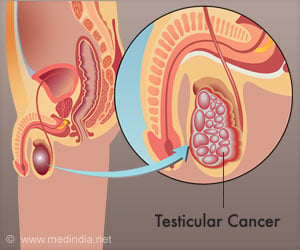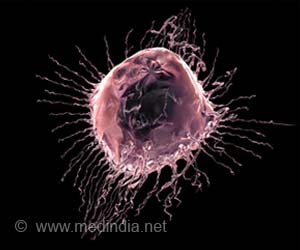The tumor blocking mechanism of p53 has been discovered by Scientists in Singapore and the University of Dundee
Scientists in Singapore and the University of Dundee have identified a missing link in the way cells protect themselves against cancer.
They have discovered how cells switch a gene called p53, which can block the development of tumours, on and off.According to the researchers, the finding has important implications for cancer treatment and diagnosis.
First discovered 30 years ago, the p53 gene plays a vital role in keeping the body healthy by ordering damaged cells to commit suicide, or by stopping them dividing while key repair work is carried out.
In half of all cancers, the gene is either damaged or inactive, giving damaged cells a free reign to keep dividing and form cancer.
For the new study, the researchers used a genetic trick to make zebrafish turn green when the p53 gene was switched on to explore the way it was regulated.
They found that the p53 gene makes not only the well-established p53 protein, but also an alternative "control switch" variation of the p53 protein - known as an isoform.
Advertisement
However, no such repair took place in zebrafish without the isoform switch, and they died after radiation exposure.
Advertisement
"The function of p53 is critical to the way that many cancer treatments kill cells since radiotherapy and chemotherapy act in part by triggering cell suicide in response to DNA damage," the BBC quoted lead author Professor Sir David Lane, as saying.
"So understanding more about how this gene is controlled in cells is really important in finding ways to prevent cells from turning cancerous," he added.
The study is published in Genes And Development.
Source-ANI
PRI/SK










